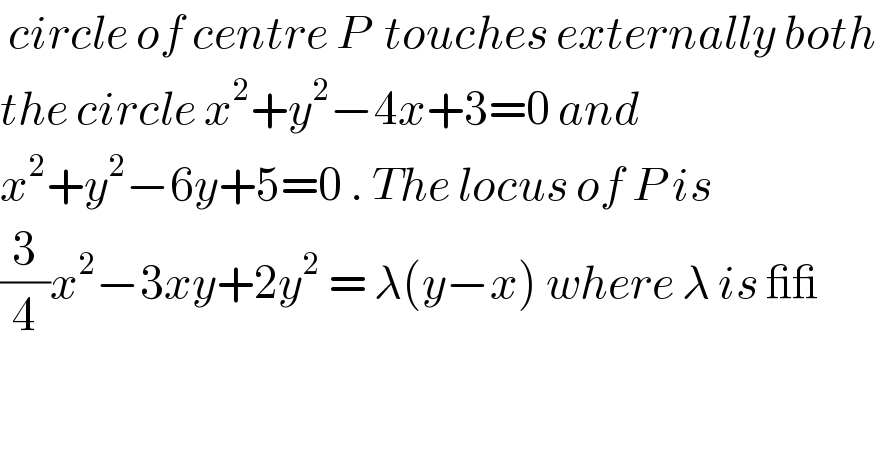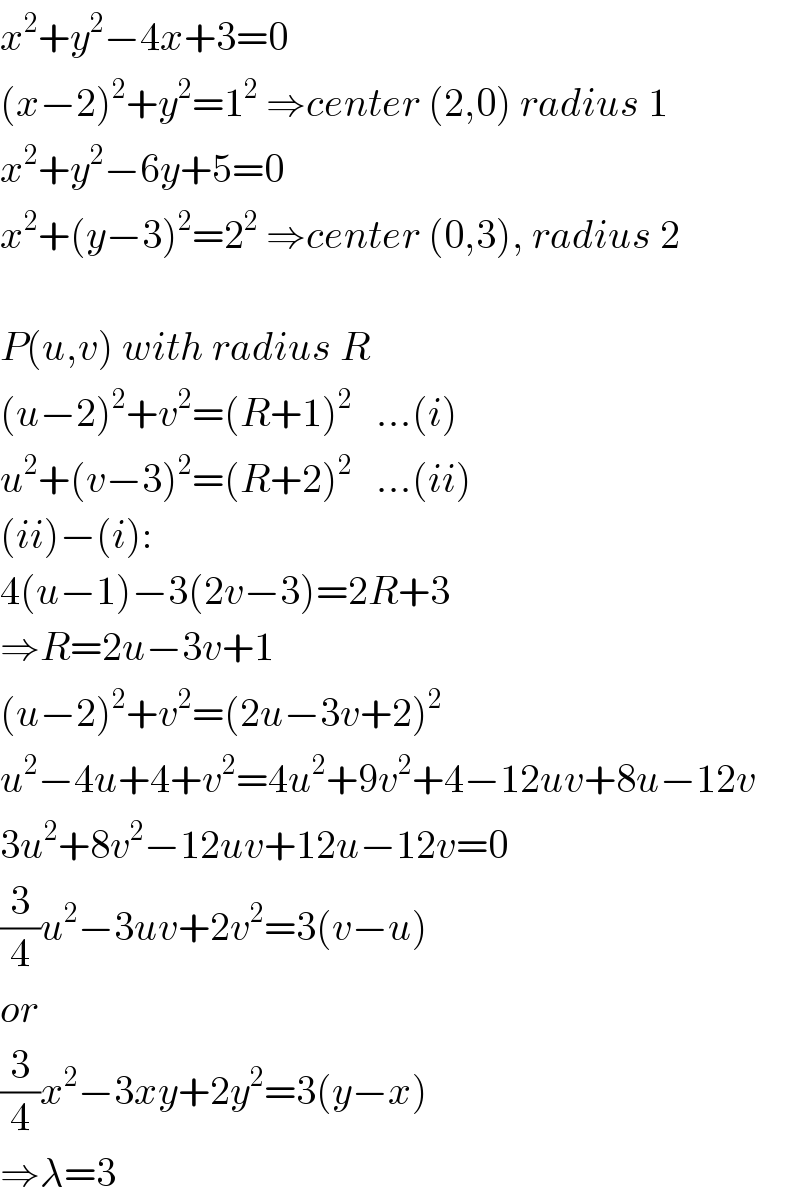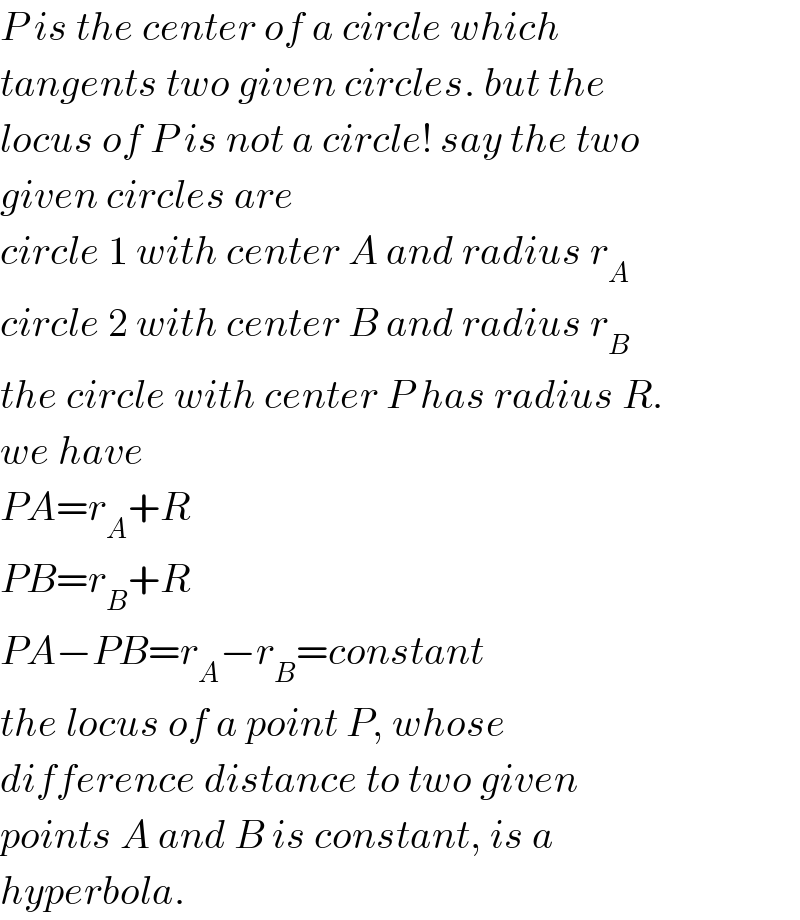
Question and Answers Forum
Question Number 115031 by bobhans last updated on 23/Sep/20

Answered by mr W last updated on 23/Sep/20

Commented by bobhans last updated on 23/Sep/20

Commented by bemath last updated on 23/Sep/20

Commented by bemath last updated on 23/Sep/20

Commented by mr W last updated on 23/Sep/20

Commented by mr W last updated on 23/Sep/20

Commented by bemath last updated on 23/Sep/20

Commented by mr W last updated on 23/Sep/20

Commented by mr W last updated on 23/Sep/20

Commented by bemath last updated on 23/Sep/20

Commented by otchereabdullai@gmail.com last updated on 24/Sep/20

Commented by mr W last updated on 24/Sep/20

